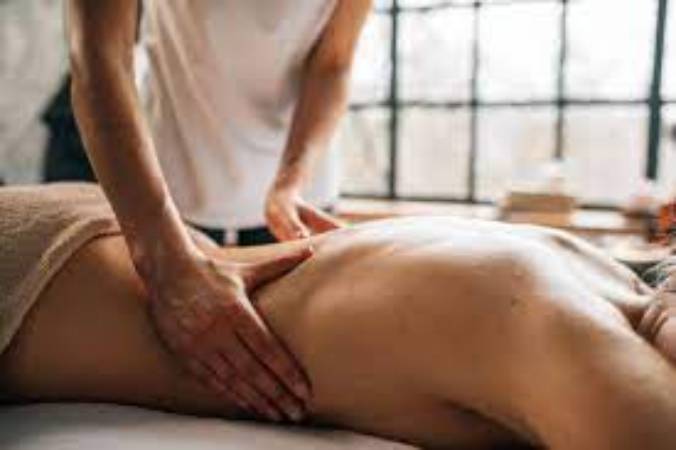Featured
- Get link
- X
- Other Apps
The Difference Between Relaxation and Injury Treatment Massages
 Whether you're suffering from neck pain, a sports injury, or
just looking for a way to relax, you may be wondering how a massage could help
you. Understanding the difference between relaxation massage and injury
treatment can help you make the right choice for massage therapy. read more. webcomputerworld
Whether you're suffering from neck pain, a sports injury, or
just looking for a way to relax, you may be wondering how a massage could help
you. Understanding the difference between relaxation massage and injury
treatment can help you make the right choice for massage therapy. read more. webcomputerworldAlso known as sports massage or therapeutic massage, the massage used to treat injuries is intended to aid in recovery. Relaxation or therapeutic massage, on the other hand, is designed to rejuvenate, calm and relax the body and mind. Here we take a closer look at the difference between the two. Relaxation massage uses flowing, rhythmic movements to help calm the body and mind, allowing you to de-stress and relax. With an experienced massage therapist, a therapeutic massage can manage nervous system activity, increase circulation, reduce stress hormone levels, and increase "happy hormones" like serotonin and dopamine.
When you're struggling with a stressful lifestyle, relaxation massage is a valuable tool to promote calm, reduce anxiety and increase productivity, and help you sleep better.
Discover Massage Australia's full-body massage technique
The DMA Full Body Massage is a complete and comprehensive massage system for effectively massaging the entire body. Our course teaches massage therapists how to relax and stretch muscles, giving their massages that wow factor that sets them apart from all other massage therapists.
Swedish massage
Swedish massage is another type of relaxation massage. In Swedish massage, the masseur uses massage oils while applying gentle, gliding motions to the body. The therapist may also use techniques such as kneading, rubbing, stretching and touching. Firm but gentle pressure can release muscle tension, increase relaxation, and calm the nervous system. Injury massage, unlike therapeutic massage, is designed to target specific pain points in the body. If you have been injured, injury treatment massage therapy can treat the affected muscles, tendons, ligaments, and connective tissues in your body. Injury massage, also known as therapeutic massage, often aids in rehabilitation, pain management, and injury management. It can also increase the range of motion and correct postural abnormalities.
With remedial massage, your therapist must review her medical history and her injuries. He or she will assess her range of motion and posture and perform tests to determine the appropriate type of massage therapy.
Your treatment plan may include various techniques, such as deep tissue massage, myofascial tension, cupping, and trigger point techniques.
deep tissue massage
Deep tissue massage focuses on the deeper layers of muscle and connective tissue. It does this by breaking down bands of painful tissue or adhesions in muscles, tendons, and ligaments. This type of massage therapy may relieve tension, help restore mobility, and improve healing results in the event of an injury. Deep tissue massage can also be used to help with stress, spasms, or specific muscle pain. It tends to use slower strokes than traditional massage therapy, targeting problem areas and using deeper pressure.
myofascial tension
Myofascial tension helps loosen the fascia, the connective tissue that holds muscles in place. If you've been injured, your fascia may be tight, preventing your muscles from moving correctly. When this happens, toxins can build up, worsening pain and limiting your range of motion.
cupping
Your massage therapist may also use cupping to treat
injuries. Plastic, silicone, or glass cups are applied to the skin to increase
blood flow to the area and release toxins from the muscles. Massage therapists
may use trigger point techniques to treat injuries. Trigger points are where
little balls of muscle fibre stick together, possibly due to injury or other
factors like poor diet and poor posture. Using direct pressure and releasing
movements, the therapist can increase blood flow to the area and help heal the
trigger point. read more. healthnutritionhints
- Get link
- X
- Other Apps
Popular Posts
Five Methods for upgrading Heart Wellbeing Previously and During Pregnancy
- Get link
- X
- Other Apps
6 DENESSA MYRICKS BEAUTY PRODUCTS YOU NEED YO TRY
- Get link
- X
- Other Apps

